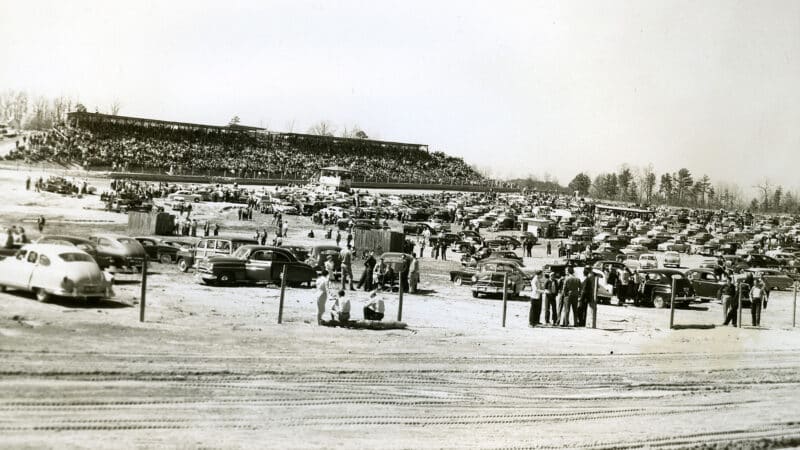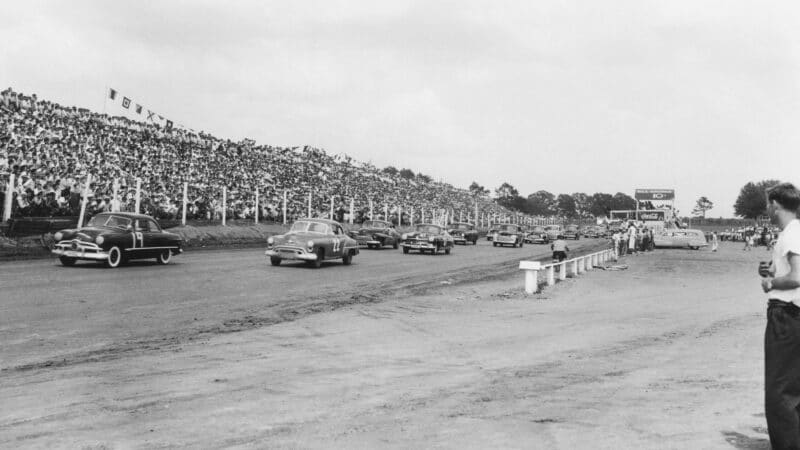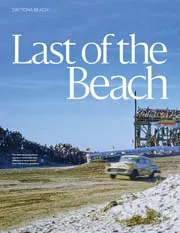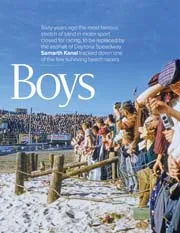In those days there was plenty of competition, most notably from the National Stock Car Racing Association (NSCRA) run by Bruton Smith, who would go on to build the current Charlotte Motor Speedway in 1960.
Today Speedway Motorsports, Smith’s publicly traded company, owns and operates eight major NASCAR tracks and is the only serious rival to NASCAR’s track-owning company known as the International Speedway Corporation (ISC). And Smith, now in his eighties, is firmly in charge of his multi-million dollar enterprise.
Back in 1949 as the boss of NSCRA, Smith’s career was just beginning. Early that year he announced that a big-money Strictly Stock NSCRA race would take place in June at the Lakewood Speedway in Atlanta.
Until then American stock car races were run for ‘Modifieds’, mostly 1939 Fords, because few new cars were produced during the early post-war years as the country’s auto manufacturers converted from building tanks and airplanes to cars.
But by 1948 new cars were beginning to pour off Detroit’s production lines, prompting Smith to decide to stage an NSCRA race for new cars – Strictly Stock – rather than the substantially rebuilt and older Modifieds.
Smith’s move kick-started Bill France into announcing a similar Strictly Stock NASCAR race to be run in Charlotte on the same day – June 19, 1949. To lure drivers away from the rival NSCRA race in Atlanta, France put up an unprecedented purse of $5000 with $2000 going to the winner.

A boisterous crowd gathers ahead of the race
ISC Images via Getty Images
Race day was hot, humid and dusty, but a huge crowd estimated at more than 20,000 turned up. Some 13,000 paid between $2.50 and $4 to watch, and the rest were gatecrashers as the state police arrived to control the unruly crowd.
Bob Flock led the first 25 laps in a Hudson only to blow his engine. Bob Blair then took over in a Lincoln he had borrowed for the race. But Blair also suffered an engine failure as the majority of the Strictly Stock cars fell by the wayside with few, if any, properly prepared for racing.




